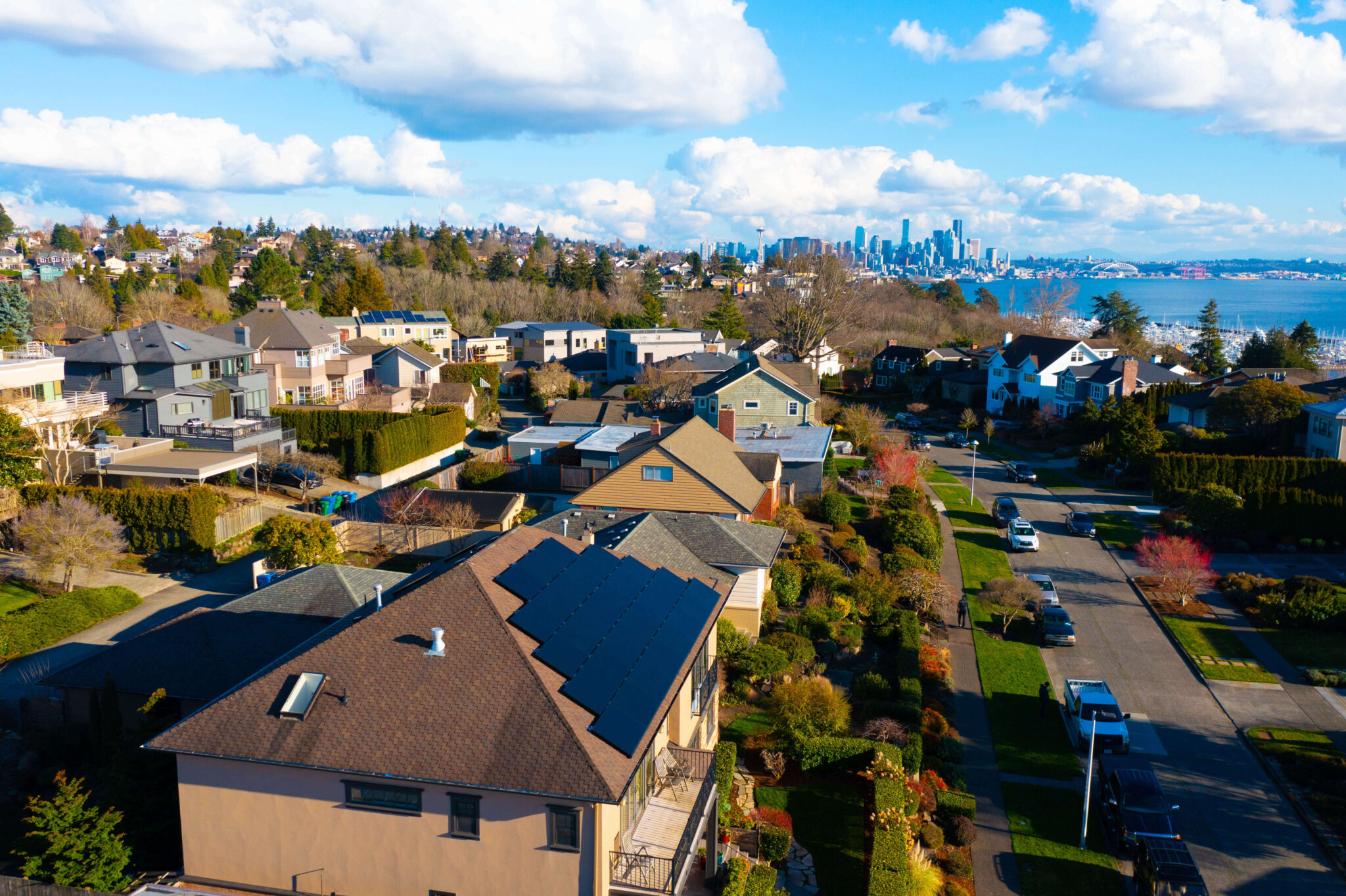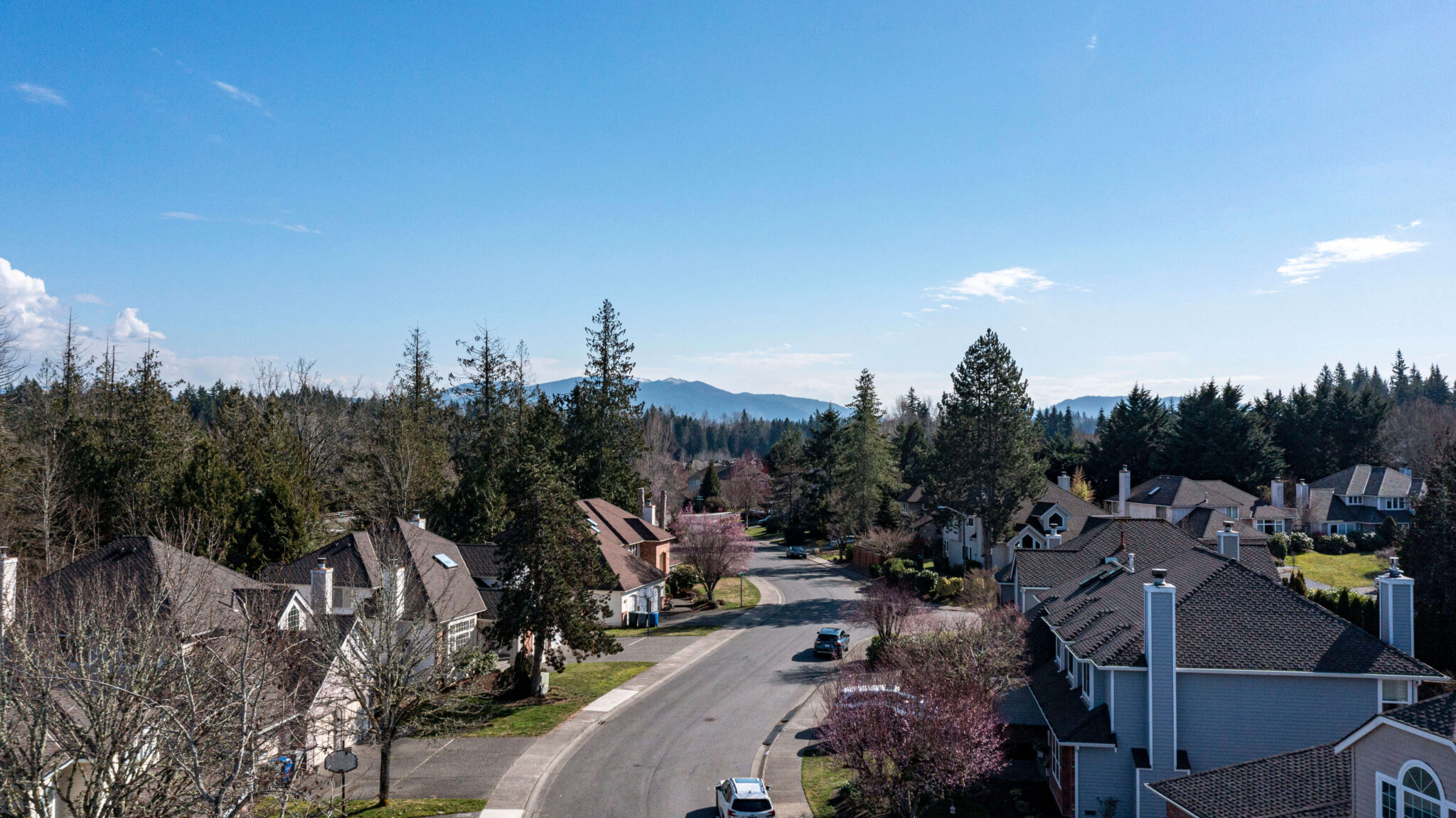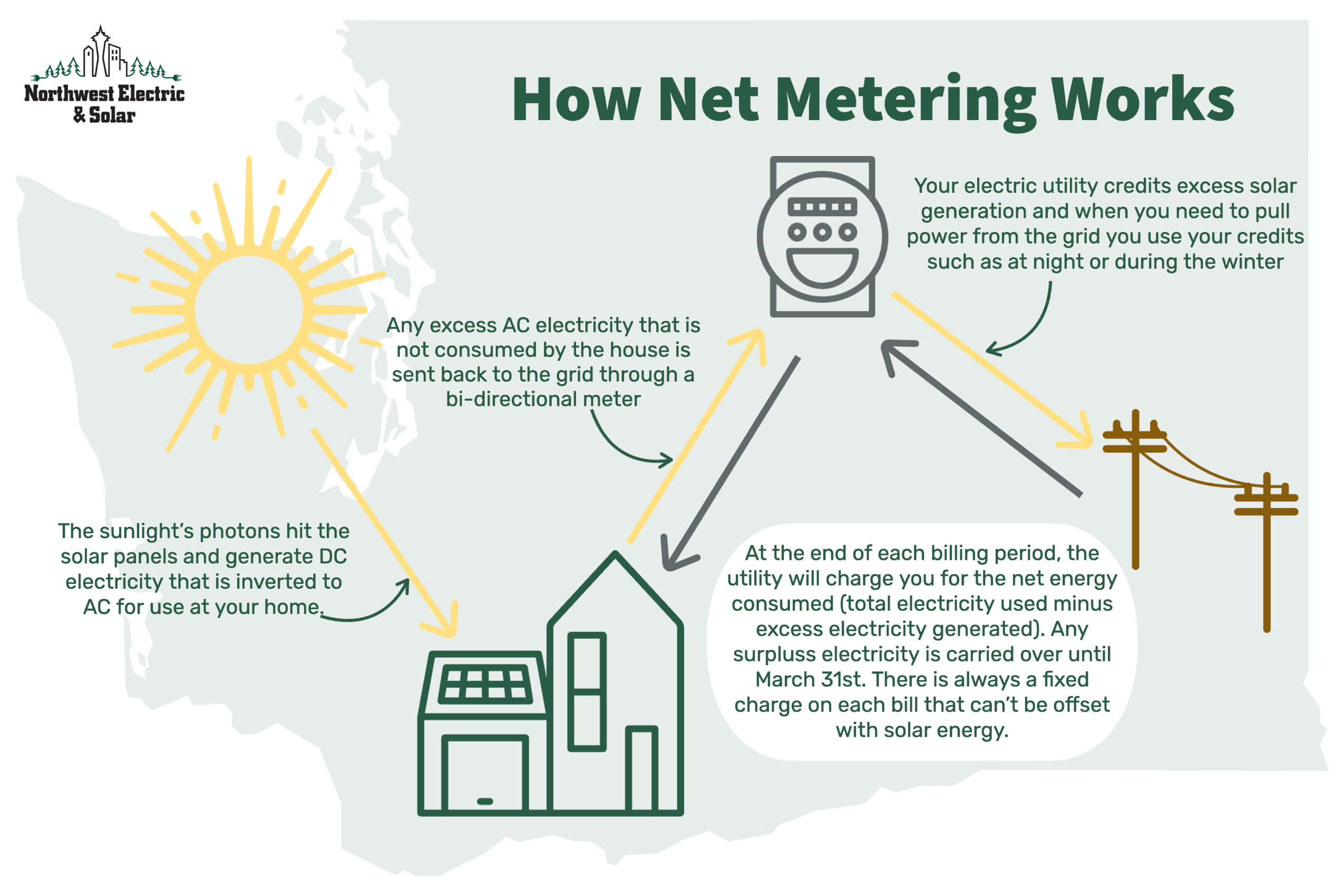Harvesting Sunshine
Solar energy has become an increasingly popular and sustainable option for homeowners in Washington State. However, understanding solar access and the variation in sunlight hours throughout the year is crucial for making informed decisions about solar panel installations. In this blog, we will explore how solar access changes in different seasons and explore the approximate hours of sunlight you can expect in each season in Washington State.
Seasonal Solar Access in Washington State:
Washington State experiences distinct seasonal changes that impact solar access. Let’s take a closer look at each season and how it influences the availability of sunlight.

Summer (June to August):
During the summer months, Washington State enjoys abundant sunlight. The longer days and higher position of the sun in the sky provide approximately 15 to 16 hours of daylight per day. This extended period of sunlight allows solar panels to generate ample energy, making summer an optimal season for solar energy production.

Spring and Fall (March to May and September to November):
In spring and fall transitional seasons, solar access in Washington State remains moderate. The duration of daylight gradually increases or decreases during these times, offering around 10 to 12 hours of sunlight per day. However, it’s noteworthy that cold and sunny days during this period are excellent for energy production!

Winter (December to February):
Winter in Washington State brings shorter days and reduced sunlight. With approximately 8 to 9 hours of daylight per day, solar access is lower compared to other seasons. The sun’s angle is lower, resulting in less direct sunlight, and any tall trees along the East, South, or West of a home will cause shading. Cloud cover and rain are more prevalent, further diminishing solar energy production during winter. Albeit, for pitched solar arrays, the increased precipitation will help clean off the panels from any soiling.
The Case for Solar in Washington
In addition to understanding the seasonal variations in solar access and sunlight hours, homeowners in Washington State can take advantage of net metering to maximize energy savings during the long summer days. Net metering allows residential solar customers to receive credits for the excess electricity their solar panels generate and send back to the grid. During the summer, when sunlight is abundant and solar panels produce more energy than needed, net metering enables homeowners to bank those excess credits. These credits can then be used when solar production is lower, such as in the evenings or during cloudy days. By utilizing net metering, homeowners can offset their energy consumption from the grid, reducing their electricity bills and maximizing their overall energy savings during the extended daylight hours of the summer season.

Reap Your Solar Benefits
Understanding the seasonal variations in solar access and sunlight hours is essential for residents considering solar panel installations in Washington State. While summer offers the most favorable conditions for solar energy production, spring, and fall provide moderate solar access. However, it’s crucial to remember that the sooner you install solar panels, the more savings you’ll reap over the system’s lifetime. By harnessing solar energy under net metering, you’ll maximize your energy savings throughout the year and achieve a quicker return on investment. Don’t delay – take advantage of solar energy in Washington State today and start enjoying the long-term savings and environmental benefits it offers.


